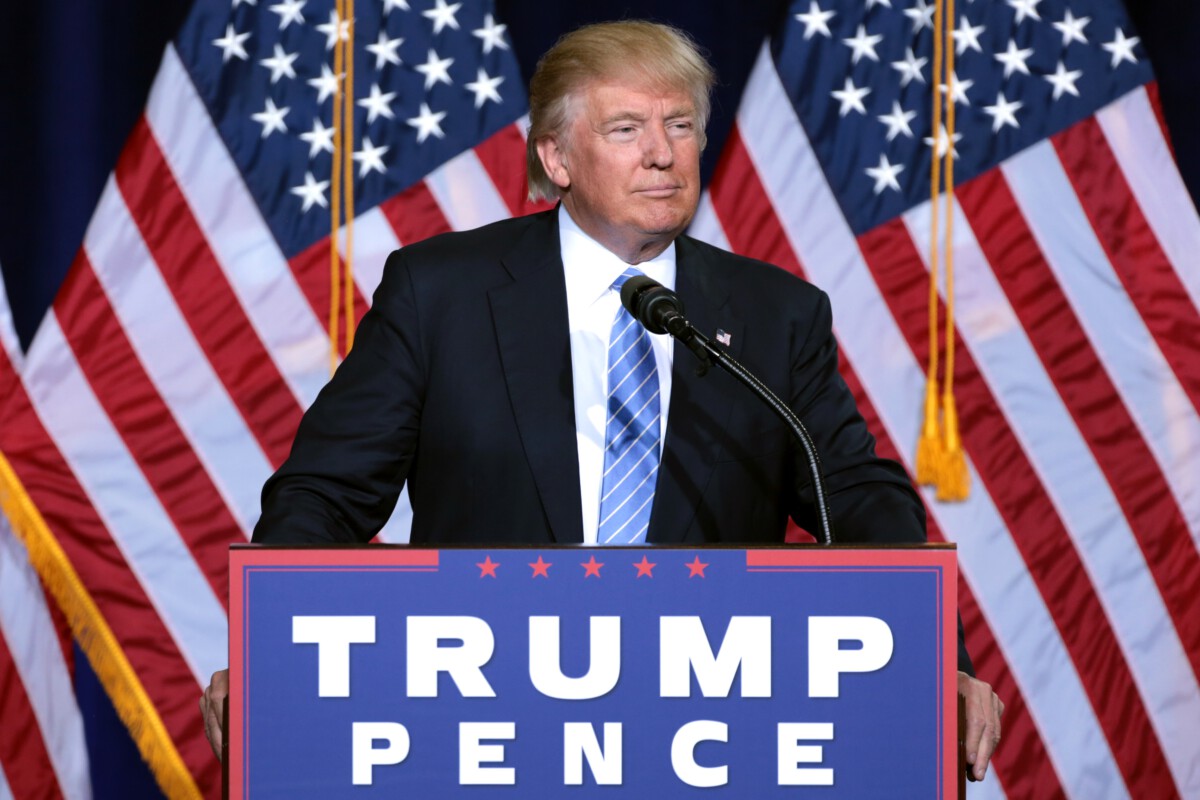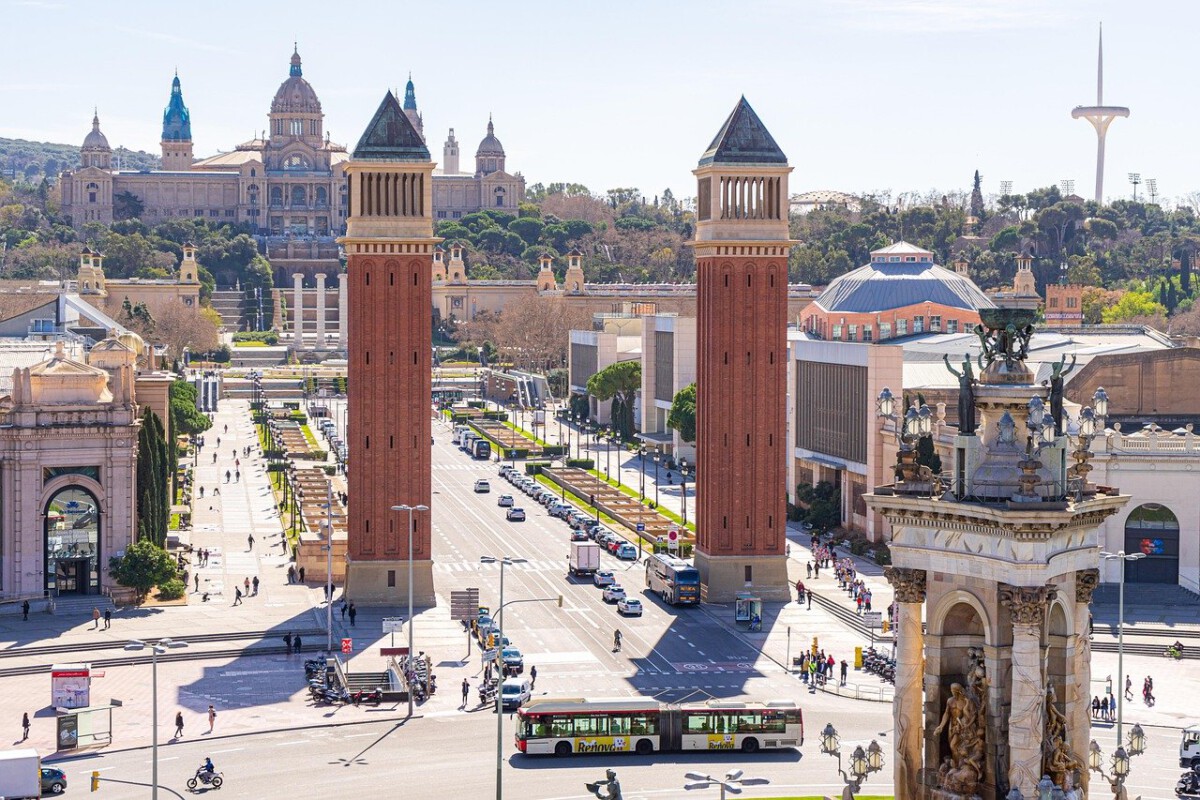Trump’s Return to Power Reflects Deep Historical Patterns

Walk into any American city today and you’ll witness something extraordinary happening. Donald Trump’s second inauguration in January 2025 has triggered massive changes across the federal government, with extensive use of executive orders and increased authority given to Elon Musk through the Department of Government Efficiency, leading to mass layoffs of federal workers. This isn’t just politics as usual – it’s America’s historical pattern of dramatic political swings playing out in real time. Experts speaking at the World Economic Forum’s 2025 Annual Meeting emphasized that while the US remains in a dominant position globally, we shouldn’t assume this dominance will last forever, as history shows things change in ways people don’t anticipate. What we’re seeing today echoes the same tensions between federal power and individual liberty that have defined America since its founding. The current political upheaval represents more than partisan disagreement – it’s the latest chapter in a centuries-old story about who gets to define what America means.
Economic Inequality Mirrors Historical Class Divisions

Economic forecasters predict GDP growth will slow to 2.2% in 2025 and 1.3% in 2026, while the US economy remains strong with robust consumer spending and high business investment, though its future trajectory largely depends on incoming administration policies. But here’s what the numbers don’t capture – we’re living through the same wealth concentration patterns that defined America’s Gilded Age. In 2022, for every $100 in wealth held by white households, Black households held only $15, showing how centuries of discrimination continue to impact wealth accumulation. Think about it this way: if wealth was water, some families have been collecting it in massive reservoirs for generations while others are still working with buckets. Between 2019 and 2022, the real disparity in the racial wealth gap grew by about 23 percent at the median and 16 percent at the mean, according to Federal Reserve data. This isn’t just unfortunate – it’s the predictable result of policies that historically favored certain groups over others.
Democracy Under Stress Echoes Past Constitutional Crises
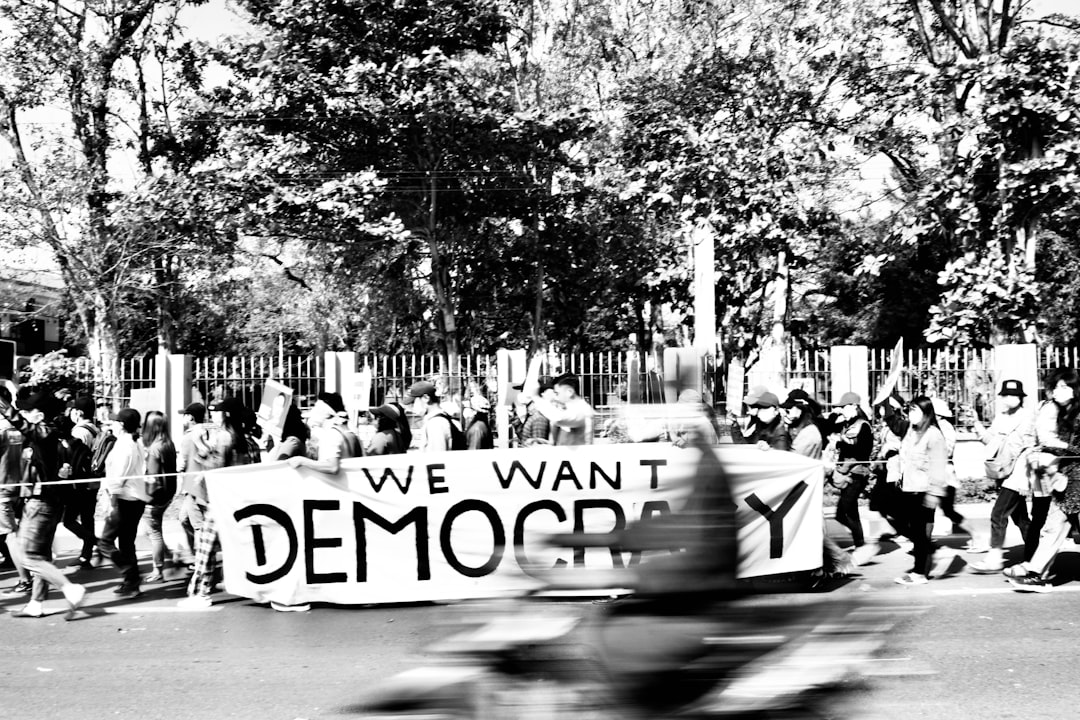
Recent polling shows 67% of Americans agree that democracy is the best form of government, yet 76% also believe US democracy is currently under threat, including majorities across all political parties. Sound familiar? America has weathered similar democratic storms before – from the Civil War to Watergate. The average level of liberal democracy continues to decline globally and is back to 1985 levels, with some experts suggesting we might be witnessing one of the most rapidly moving attacks on democracy by a sitting head of executive in recent history. What makes this moment different is the speed and scope of institutional changes. The Trump administration has decimated US democracy aid by halting funding from USAID and the State Department, which traditionally provided about 90 percent of the approximately $3 billion annual budget for such work. History teaches us that democracies don’t usually collapse overnight – they erode gradually, then suddenly.
Racial Justice Movements Continue Centuries-Old Struggles

New 2024 data reveals that Black people continue to experience higher unemployment rates and lower wages regardless of educational attainment levels compared to White people, with disparities remaining substantial despite marked increases in Black Americans earning college and graduate degrees since 1963. Here’s the brutal truth: every civil rights victory in America has faced backlash, and today’s struggles are no exception. Research shows Black Americans whose ancestors were enslaved until the Civil War still have far lower economic status than Black Americans whose ancestors were free earlier, largely because most formerly enslaved families lived in regions where Jim Crow laws significantly impeded their economic advancement for almost a century after emancipation. The statistics are staggering: 1 in 3 Black boys born today can expect to be incarcerated during their lifetime, compared to 1 in 17 White boys, highlighting structural barriers that have persisted for over 400 years in America. These aren’t just numbers – they represent the ongoing legacy of policies designed to maintain racial hierarchies.
Technology and Labor Upheaval Mirrors Industrial Revolution Patterns
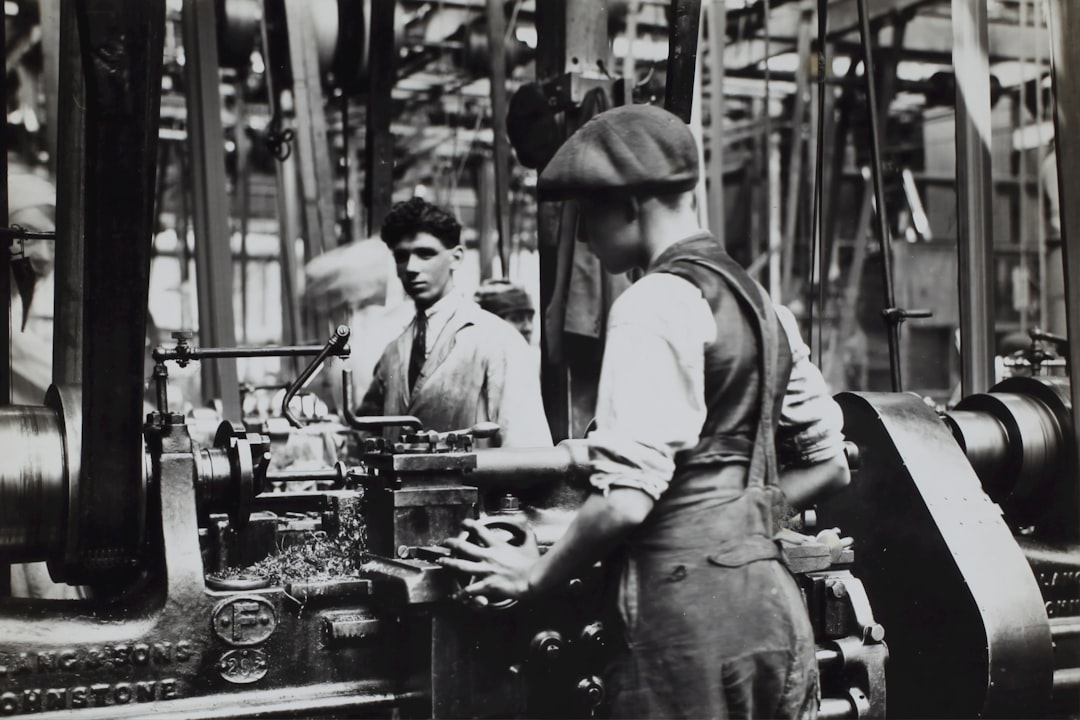
AI’s impact will be felt across nearly every industry by 2025, from healthcare to finance and manufacturing, with AI algorithms becoming more sophisticated and enabling businesses and governments to make data-driven decisions with unprecedented precision. If this sounds overwhelming, remember that America has been here before during the Industrial Revolution. By 2030, automation will displace 92 million jobs but create 170 million new roles, representing a net growth of 78 million jobs globally, with growth sectors including technology, green energy, and human-centric roles like caregiving and healthcare. The key difference? This time, the pace is much faster. The speed of change means 44% of workers will need reskilling or upskilling within the next five years, with skills in demand including AI literacy, data analytics, cybersecurity, and creative problem-solving. Just like our ancestors who moved from farms to factories, today’s workers are navigating a massive economic transformation that will define the next generation’s opportunities.
Immigration Debates Reflect Deep American Identity Questions
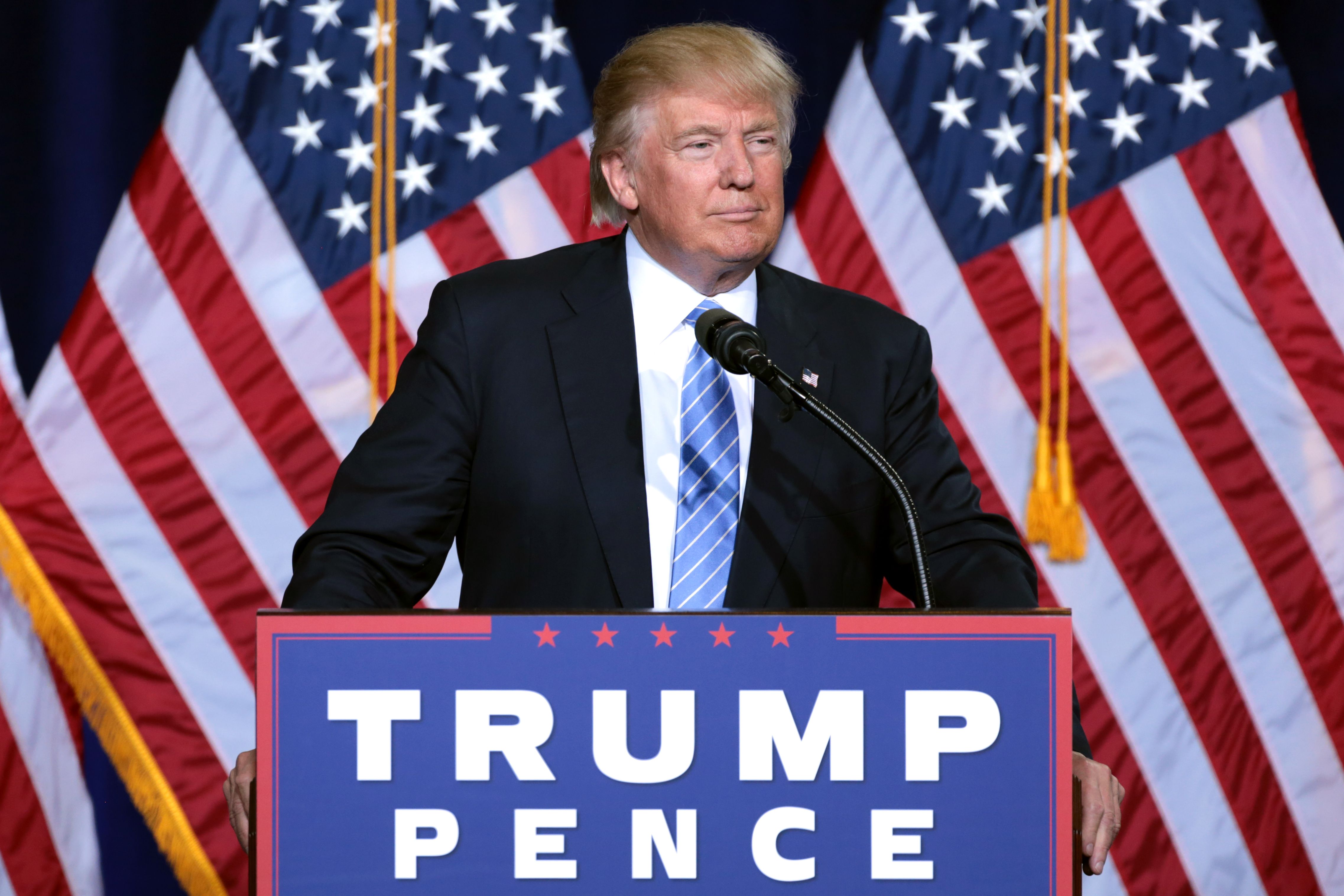
Trump’s return to presidency has seen increased enforcement against illegal immigration through ICE and deportations, while policy changes are expected to lower net immigration to 750,000 per year, moderately below the pre-pandemic average of 1 million per year. This isn’t new territory for America – we’ve wrestled with immigration since our founding. What’s different now is how immigration intersects with economic anxiety and cultural change. The economy was able to grow faster than potential GDP growth over the last two years partly because immigration boosted labor force growth, though policy changes including reduced immigration and tariffs will likely appear earlier in 2025 while tax cuts will boost spending with a longer delay. Think of immigration like a river that has always fed America’s growth – sometimes flowing fast, sometimes slow, but always essential to our national development. The current debates aren’t really about immigration itself but about what kind of country America wants to be in the 21st century.
Climate Change and Environmental Justice Connect Past and Future
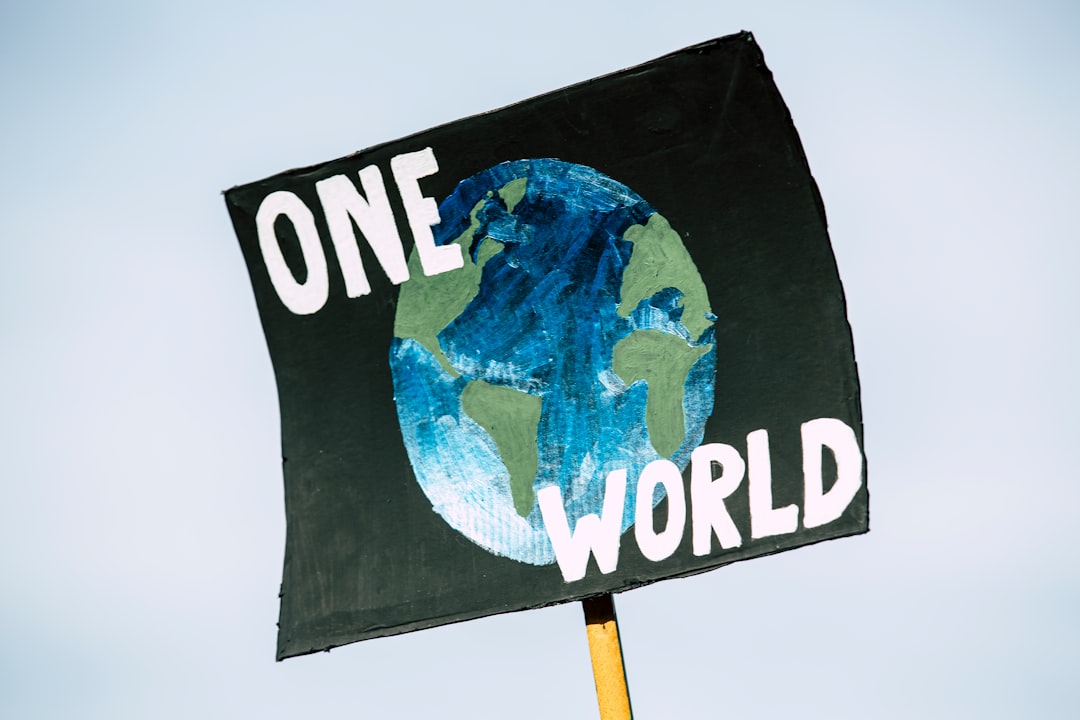
Countries continue pushing toward net-zero emissions with growing shifts toward renewable energy sources, while technological innovations like improved battery storage and green hydrogen production facilitate this transition, and the electric vehicle market is expected to account for a significant portion of new car sales by 2025. Here’s what history tells us: America’s greatest achievements have come when we’ve tackled seemingly impossible challenges. The US remains the world’s largest oil and gas producer and historically the country that has most contributed to the climate crisis, yet is also on track to be responsible for the world’s largest expansion in oil and gas extraction from 2023 to 2050, with these impacts disproportionately affecting marginalized communities including Black, Indigenous, and other people of color. The environmental justice movement connects today’s climate action to America’s long history of placing environmental burdens on communities with the least political power. However, the journey to sustainability faces challenges including political disagreements, financial barriers, and entrenched interests of industries like oil and gas, while calls for climate justice push for equitable solutions protecting the most vulnerable populations from environmental degradation.
Educational Battles Mirror Historical Curriculum Wars
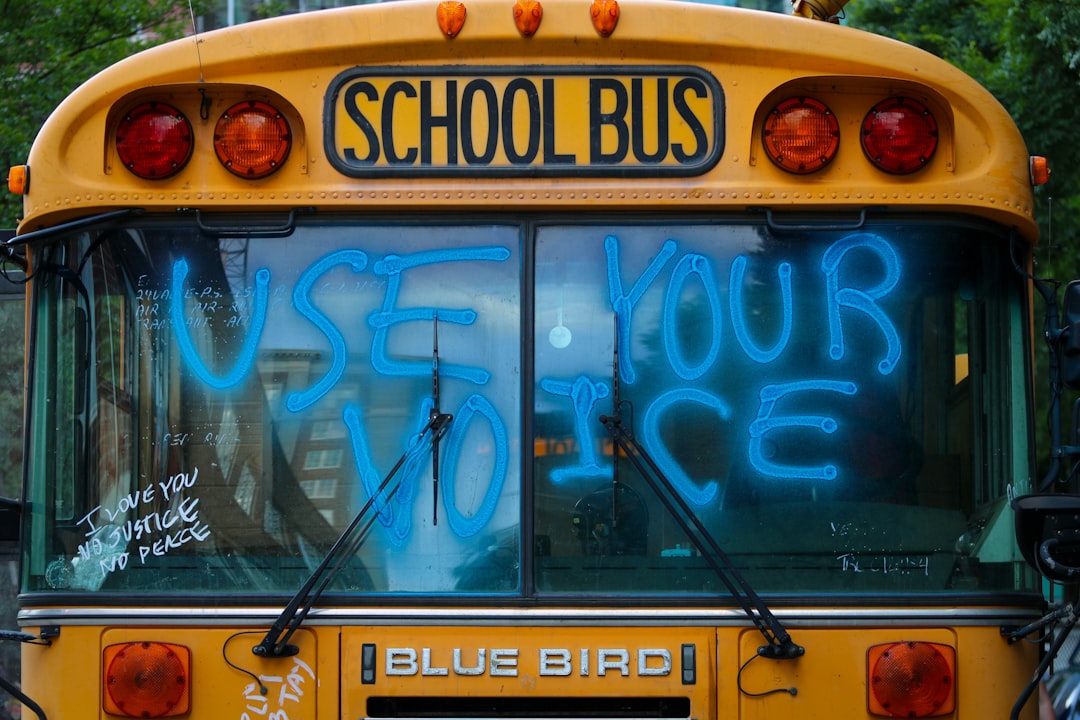
State-level lawmakers have continued undermining democracy by banning books and passing laws restricting truthful classroom discussions of race, history, sexual orientation, and gender, with this censorship potentially undermining civic participation by erasing stories of ordinary citizens who organized to promote human rights. America has always fought over what children should learn in school. As recently as 2016, there was an increase in poor students, mostly Black and Hispanic, attending economically and racially concentrated schools that tend to have fewer resources and often don’t offer advanced math, science, and college preparatory courses, while 2018 data showed Black students, boys, and students with disabilities were disproportionately disciplined in K-12 public schools. These battles aren’t really about textbooks – they’re about whose version of American history gets told. While details about future education plans remain unclear, there’s likely to be emphasis on more school choice options, particularly vouchers allowing students to attend private schools at taxpayer expense, though empirical evidence on vouchers has been mixed and context-specific, while charter schools have had considerably more positive impacts. The stakes couldn’t be higher because education shapes how the next generation understands America’s story.
Media Transformation Echoes Historical Information Revolutions

It remains to be seen whether mainstream media will retain its historic independence, with some corporate owners showing worrying signs of anticipatory obedience, while attacks on journalists increased by more than 50% from 2023 to 2024, raising concerns about worsening conditions for journalists in 2025. America has been here before – think about how radio changed politics in the 1930s or television transformed campaigns in the 1960s. Social media platforms that once agreed to guidelines and removed posts spreading misinformation no longer do so, making the information environment like “the Wild West,” with experts believing this election cycle represents the worst possible scenario for disinformation, aided by AI and generative technology. To reverse the trend of nationalized journalism and associated distrust, experts suggest revitalizing local journalism by focusing on topics directly relevant to local readers like sports, weather, and consumer advice, while engaging community experts through columns and newsletters appealing to niche local interests. The information revolution we’re living through will reshape American democracy just as dramatically as the printing press reshaped society centuries ago.
Foreign Policy Shifts Reflect Changing Global Power Dynamics

Vice President Harris has repeatedly emphasized that any form of US isolationism “is dangerous, destabilizing, and indeed shortsighted,” firmly believing America’s commitment to building and sustaining alliances has helped make it the most powerful and prosperous country in the world, with alliances that have prevented wars, defended freedom, and maintained stability from Europe to the Indo-Pacific. America’s foreign policy has always swung between engagement and isolation. Foreign policy experts warn that selling out Ukraine will strengthen Putin and weaken NATO’s credibility, withdrawing troops from Korea or Japan will destabilize East Asia, and leaving the Paris Climate Accord again will weaken international institutions and hurt America’s soft power, with high tariffs and trade wars potentially creating transformative mess. The US currently seems to be in a fairly dominant position in the Western world, with dominance relying on having the world’s only reserve currency and technological edge, though the US wasn’t a dominant country until after World War Two and its investment in technology has been a key driver of this shift. History suggests that America’s global influence depends not just on military might but on our ability to offer a vision other nations want to follow.
Constitutional Tensions Between Federal and State Power Persist
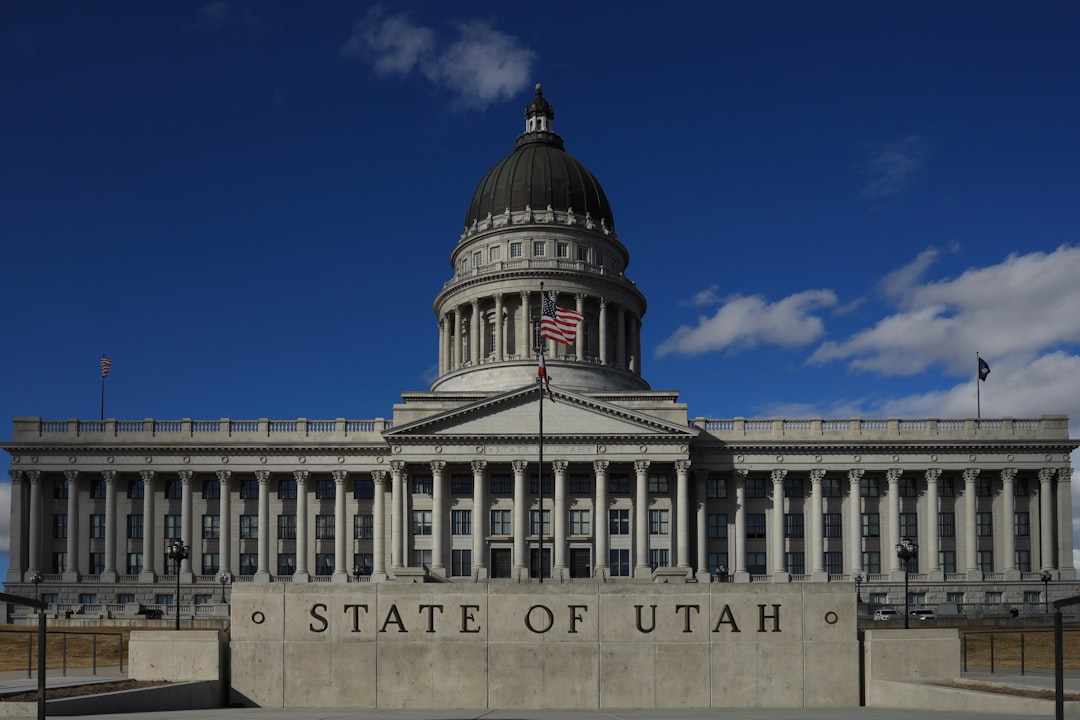
Recent executive orders have targeted transgender troops in the military and mandated development of an American Iron Dome, while state legislatures like Idaho’s House of Representatives have voted for resolutions calling for the Supreme Court to reconsider same-sex marriage decisions, and South Dakota’s Senate narrowly voted for a bill requiring public schools to display the Ten Commandments in classrooms. These fights aren’t new – they echo the same federal versus state tensions that sparked the Civil War and defined the civil rights era. The re-election of Donald Trump will have immense implications for democratic norms, institutions, and processes, with Project 2025 serving as a roadmap authored by conservative groups to replace the rule of law with right-wing ideals. Critics argue that Project 2025’s policy and structural changes would create an authoritarian and Christian nationalist state by massively expanding presidential power and aggressively promoting conservative Christian values, with the project regarded as the likely blueprint of a second Trump administration. What we’re witnessing isn’t just policy disagreement – it’s a fundamental struggle over the balance of power that has defined American governance since 1787.
Looking Forward: Historical Patterns Point to Resilience and Change
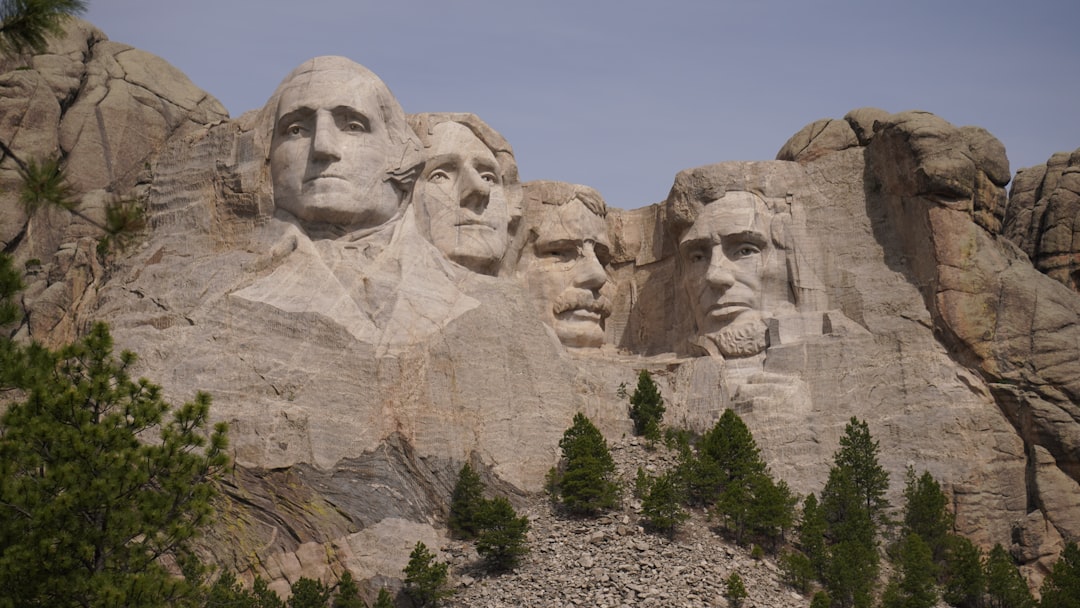
While 2024 was predicted to be a pivotal year for freedom worldwide, with documentation of steady erosion of political and internet freedom and horrific conflicts globally, inspiring examples of resilience and sacrifice suggest the cause of freedom will ultimately prevail, as people stood tall in the face of violence and repression, voters let their will be known, and people developed new strategies to confront new challenges. America’s story has never been linear – it’s been a series of advances and setbacks, progress and reaction. The year 2025 promises to be a pivotal moment marked by rapid technological advancements, shifting geopolitical landscapes, and significant challenges related to climate change and sustainability, putting us on the brink of profound transformations in nearly every aspect of life, with the key to navigating this era lying in our ability to adapt, innovate, and work together to create a more sustainable and equitable global society. History teaches us that America’s greatest strength isn’t our perfection but our capacity for reinvention. The past doesn’t determine our future, but it does provide a roadmap for the challenges ahead. The question isn’t whether America will change – it’s whether we’ll choose to change in ways that honor our highest ideals rather than our deepest fears. What chapter of this ongoing American story will we write next?

